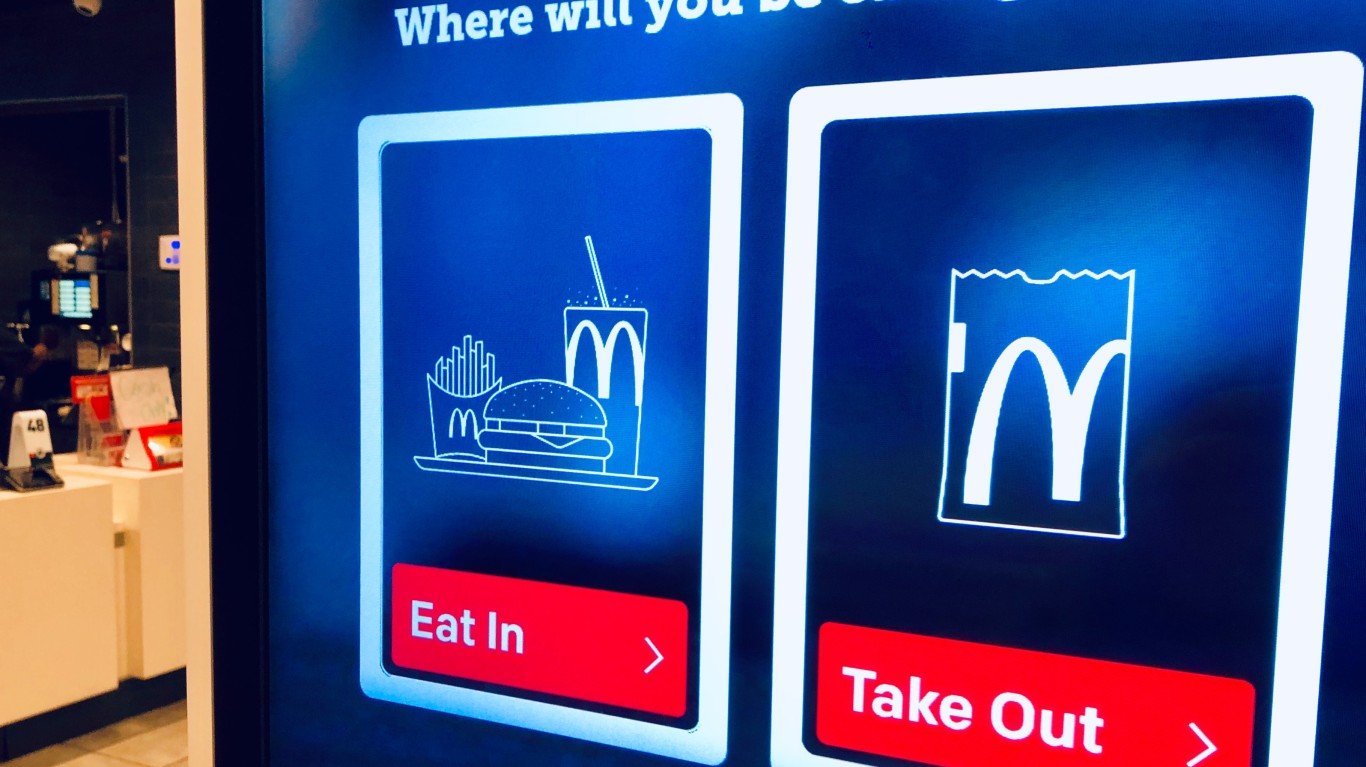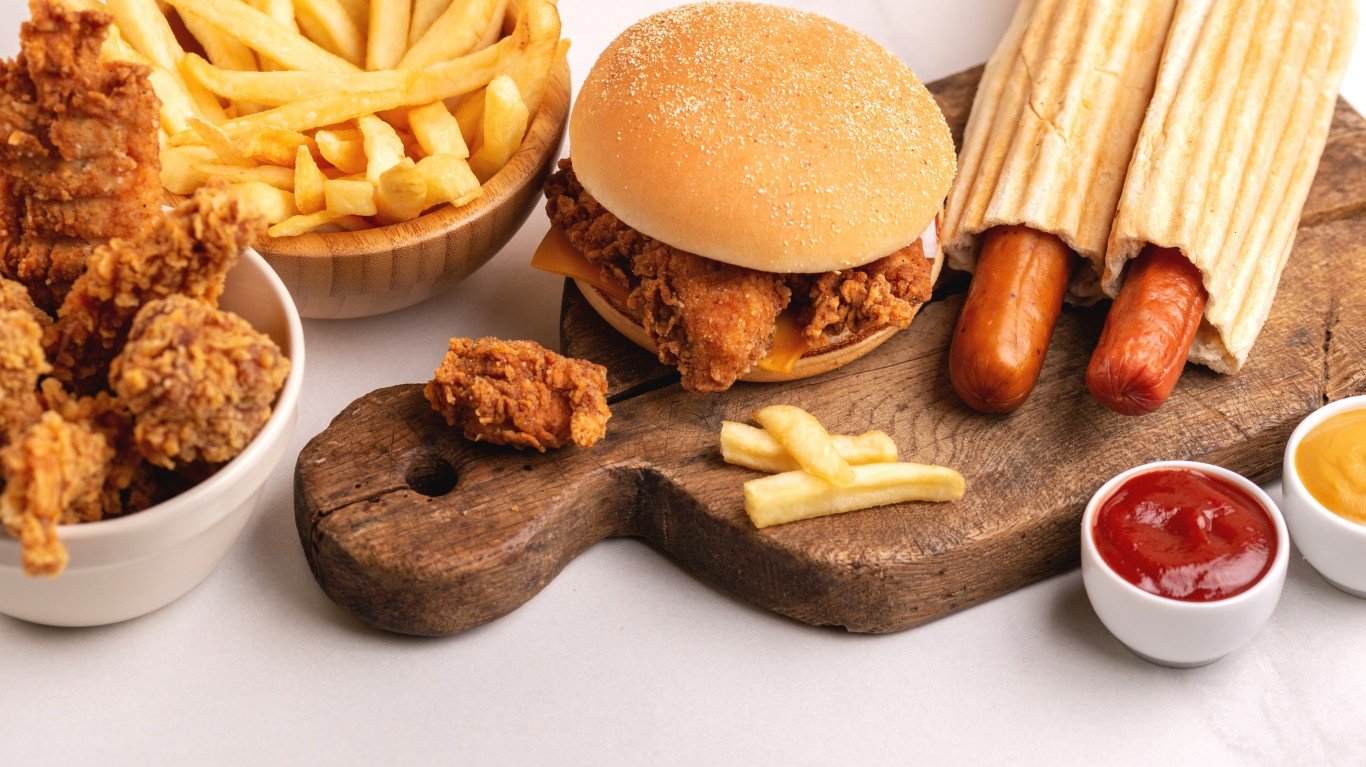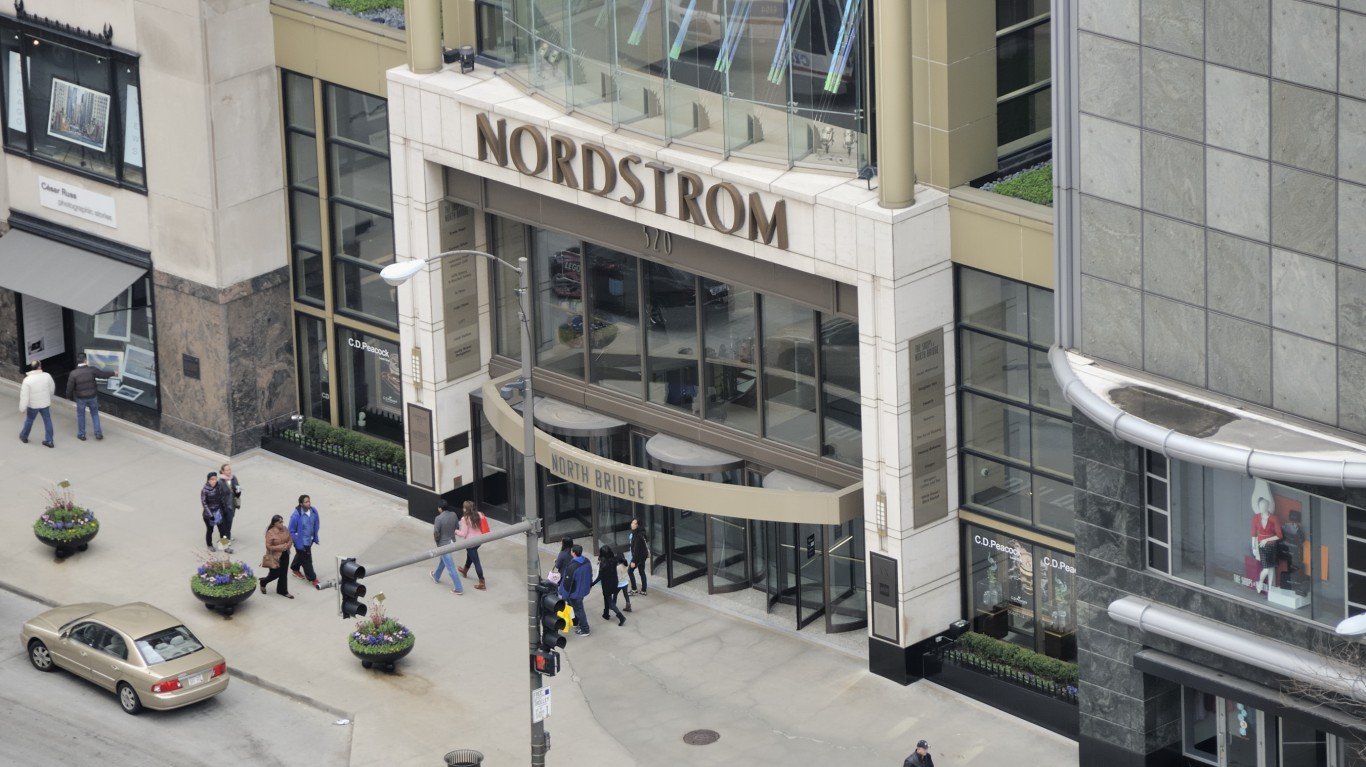

Go into most Home Depot locations, some of the large pharmacy chains or Walmart. Humans do not handle most of the checkout. Inventory management is done partially by scanners that do not require humans. Data collected by scanners may be more accurate. Go into a McDonald’s. In most locations, people can order from a kiosk. Part of the work done by McDonald’s workers has been replaced. (These 20 jobs are vulnerable to automation and AI takeover.)
The ability to order food could soon be done entirely by machines with sophisticated software. All payments could be made via credit cards that people do not run. AI-controlled machines can make food and send it on a conveyor belt to where it is served. Keeping a McDonald’s location open 24 hours will become easier.
Cleanliness is always a food issue. Do employees wash their hands? Are counters clean? Are bathrooms checked regularly?
Machines already do some work better than humans. Security of stores is among them. Machines can eliminate the shoplifting of food and ingredients by store employees and people who deliver inventory. Probably, shoplifting could be curtailed completely, which would save McDonald’s tens of millions of dollars, if not more.
Low-level retailers are often on the list when analysts forecast how AI will affect the workplace. It makes sense. AI software can allow companies to replace many relatively simple tasks. It is not as if the AI software used will be as sophisticated as that created to drive a truck on a crowded highway or to do open heart surgery.
McDonald’s and its franchises have about 200,000 workers worldwide. Not all of them are in stores, but the majority are. Worker pay is one of the largest, if not the most considerable, expenses that McDonald’s has.
Thank you for reading! Have some feedback for us?
Contact the 24/7 Wall St. editorial team.
 24/7 Wall St.
24/7 Wall St.


